





















Donato J. Jimenez



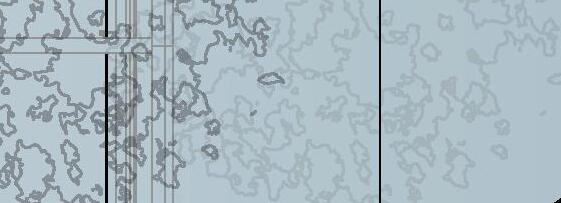









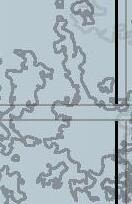






















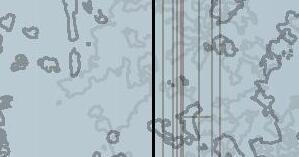

















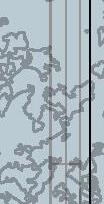
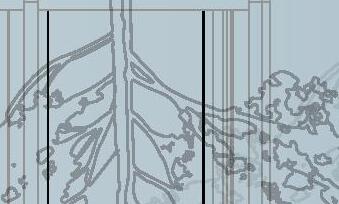
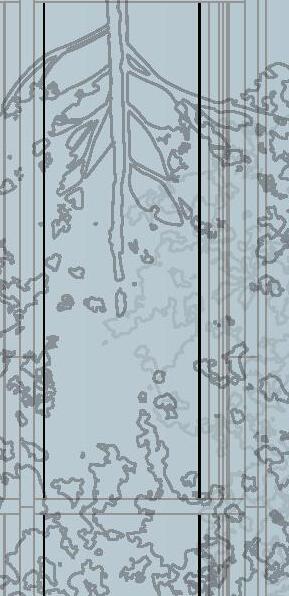























































Donato J. Jimenez
























































































































































I LOVEBEINGABLETOEXPRESSMYCREATIVITY THROUGHSPACEMAKINGENVIRONMENTSAND ARCHITECTURE. CURRENTLYMYTIMEATTHE UNIVERSITYOF MARYLANDASA GRADUATE STUDENT, ISFOCUSEDONEXPERIMENTINGWITH DIFFERENTMATERIALSANDBUILDINGTYPESTO SEEWHATABUILDINGORSPACECANDOFORTHE COMMUNITY. SINCEMYJOURNEYINTHE FALLOF 2023, I’VEBEENEXPOSEDTOTHATTHROUGH THEPROJECTSIN ARCH406 AND ARCH407, FROMDESIGNINGPAVILIONSTOMEMORIALS, OR ANINSTITUTECENTERTOURBANBIKEPATHS. I APPRECIATEDEACHANDEVERYPROJECT; THEY HAVEMADEMEASTRONGERDESIGNER. ONLY THROUGHTRAILANDERROR, ICANFINDOUT WHATISPOSSIBLEANDWHATCANWORKFOR CREATINGTHESESPACESFORTHECOMMUNITY. LETUSVENTUREINTOMYMIND.












The New NBI headquarters site is situated in Kensington, Maryland next to the train station. The building is inspired by the architecture on the West coast of the United States. Japanese architecture influenced the design of the Shou Sugi Box Community Center. The building services as the new East side headquarters for the NBI to promote their mission to achieving zero energy, zero carbon and beyond but services the community as a comfortable safe space to relax within the courtyard, the oasis in the back and hold community events. The concept of the building is the connection of interior and exterior spaces to form a uniformed space allowing to service many types of events. An operable roof showcases the innovative and kinetic architecture of building while sheltering the spaces below.









Context map















































































































































































































































The Pathway to Freedom is a safe space where students have the freedom to build connections and relationships no matter their major, race, culture and religion. This space serves as an alternative option to escape from the traditional classroom setting. The illuminating Pathway is a reminder of what it took to obtain Freedom. The Pavilion is a place with its own destination. Freedom is expressed throughout with freeform shapes and movement as you venture through.
The pathway that leads to the pavilion represents the journey you take to obtain that freedom. The site was driven by the axis from the north side of the campus and was used to create the reflection pool to continue the strong axis, which is a representation of the open road. The site has two access points and can be seen from either entrance but can not move straight forward, representing that the journey is never linear but fluid. As you walk along the pathway, you are guided by concave benches, where you are met with small hubs for small gatherings. As you continue forward you come across a bridge that goes over the reflection pool; that moment becomes a place where you can visually see the progress you’ve achieved. Once you cross over, you arrive at the pavilion. The free form structure that hovers above, like two large wings embracing in a hug, represents freedom through birds. In many cultures such as in Native American and even our own American symbol which is a Bald Eagle. In the center of the pavilion is a slight opening to look up to the blue sky, which is another form of freedom. The Pavilion’s structure is made of steel, and cladded with feather-like bamboo lumber panels to stay consistent with the organic theme. The decision to situate the Pavillion where it is, is to be seen from multiple directions through the axis’; south to north and east to west.





Paviion concept sketches Site concept sketches





floor plan






The Rane Memorial is a memorial that brings awareness of the continuous issue of Gun Violence in the community and the regional area while also honoring the victims who had their lives stolen, such as Stephen Alex Rane, a former UMD student. The memorial was driven by the theme of reflection, light play, material surfaces, and interactiveness. The site manipulates the landscape to allow visitors to walk and interact with the corten steel that emerges from the site. The path gradually slopes to allow visitors to feel the process of grieving; it takes time and it can feel like forever.


Once arriving at the circular space, you become encapsulated by the corten steel, with a central reflective pool and a single tree in the center of it. The single tree in the center represents Stephen Alex Rane as an honorary degree, while the other victims from the community and region are represented by the corten steel.

The corten steel has punctured holes that increase in density, and allow light to seep through; to fill in the void with something good. The holes have a gold-like metal ring made from recycled bullet casings around it. The Reflective pool is for visitors to have a moment to reflect about the victims and issues that are continuously causing damage to the community. Visitors are encouraged to pick up a hydrangea at the beginning and leave at the memorial, either by the wall or in the reflective pool, which acts as a bridge from the living to the dead.






Drawing Process














The concept for Beneath the Surface is to peel away the surface to show the history beneath. The green roof that slopes to the ground represents that through massing. Natural light is pulled below grade for an emotional sense to the exhibit and throughout the other spaces within the building. The assembly space is located on top of the green roof to showcase its hierarchical space with views provided to the east and west. The assembly space can be accessed from within the building or by going up the green roof. You enter through large portals as if are getting transported into another space.


Concept sketches









